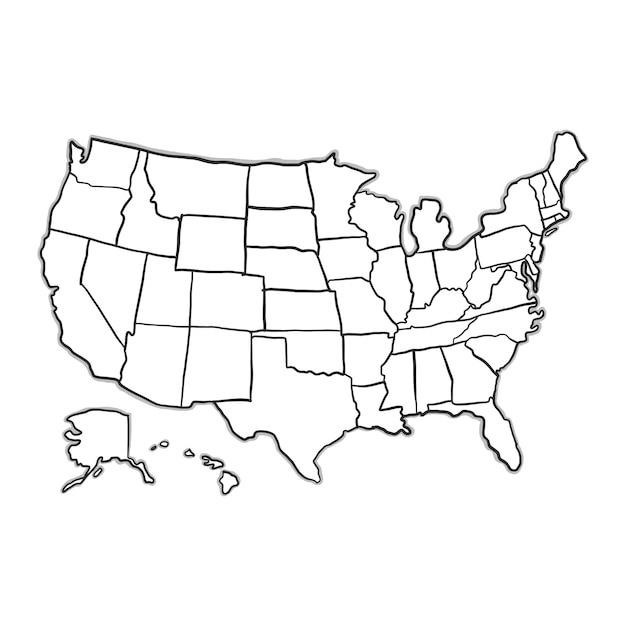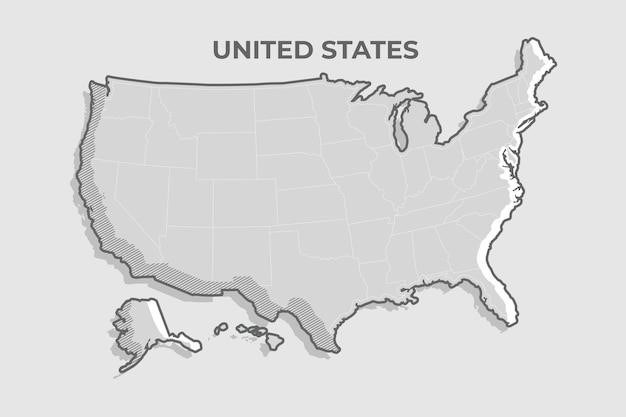blank 13 colonies map pdf

blank 13 colonies map pdf
Blank 13 Colonies Map PDF⁚ A Comprehensive Guide
This guide explores the diverse uses of blank 13 Colonies maps in PDF format. From educational activities like labeling and coloring to more advanced exercises incorporating historical data, these maps offer versatile learning tools. Free downloadable resources are readily available online for teachers and students alike.
Types of 13 Colonies Maps Available in PDF Format
The availability of 13 Colonies maps in PDF format offers a wide range of options for educational and personal use. You can find completely blank maps, perfect for independent study or classroom activities where students label the thirteen colonies themselves. These blank maps provide a foundation for learning the geographical locations of each colony. Conversely, labeled maps are also readily accessible, serving as excellent reference tools for students to check their work or for those who need a visual aid for understanding colonial geography. Furthermore, some PDFs include numbered colonies, ideal for identification exercises or quizzes. These numbered maps assist in reinforcing memorization and spatial reasoning. The variety ensures that there’s a suitable map for every learning style and educational need, facilitating a deeper understanding of early American history.
Printable Blank Maps for Educational Use
Printable blank maps of the thirteen colonies are invaluable resources for educators and homeschooling parents. These readily available PDFs provide a versatile tool for engaging students in interactive learning experiences. Students can actively participate in recreating the historical geography of colonial America by labeling each of the thirteen colonies, accurately placing them on the map. This hands-on approach significantly enhances comprehension and retention compared to passive learning methods. Furthermore, these blank maps can be incorporated into a variety of activities, such as coloring exercises that differentiate the three colonial regions (New England, Middle, and Southern), or more advanced projects where students add information about capital cities, major settlements, or significant historical events. The adaptability of these blank maps makes them a cornerstone of effective geography lessons.

Labeled Maps for Reference and Learning
Labeled maps of the thirteen colonies serve as essential reference tools for students and educators alike. These maps, readily available in PDF format, provide a clear visual representation of the geographical layout of the thirteen colonies, eliminating the need for students to constantly search for information across multiple sources. The inclusion of colony names, boundaries, and potentially other geographical features such as major rivers or mountain ranges, gives students a strong foundation in understanding the spatial relationships between the colonies and their environments. Such maps are particularly useful for understanding the colonial regions (New England, Middle, and Southern Colonies), highlighting the distinct geographical characteristics and economic activities that shaped each region. Using labeled maps as a starting point, students can then delve deeper into the historical context, connecting the geographical location of each colony to its development and role in the broader narrative of colonial America. This visual aid greatly facilitates the learning process.
Maps with Numbered Colonies for Identification Exercises
Numbered maps of the thirteen colonies offer a dynamic approach to learning, transforming the study of geography into an engaging exercise. These maps, often found as printable PDFs, present a numbered outline of the thirteen colonies, requiring students to identify each colony by its corresponding number. This interactive method significantly enhances memory retention and comprehension. By actively engaging with the map, students are not merely passively absorbing information but actively participating in the learning process. The numbered format facilitates self-assessment and targeted learning. Students can check their answers against a key or a labeled map, immediately identifying areas needing further study. This immediate feedback loop is crucial for effective learning, allowing students to reinforce their knowledge and address any misconceptions promptly. Furthermore, numbered maps can be incorporated into various classroom activities, quizzes, or even online interactive exercises, adapting to diverse learning styles and preferences.
Regional Divisions on 13 Colonies Maps⁚ New England, Middle, and Southern Colonies
Many blank 13 Colonies maps highlight the three distinct regions⁚ New England, Middle, and Southern colonies. This regional division is crucial for understanding the diverse economic, social, and political landscapes of colonial America. New England, with its rocky coastline and emphasis on shipbuilding and trade, contrasts sharply with the Middle Colonies’ fertile lands and diverse population, fostering a thriving agricultural economy. The Southern Colonies, characterized by vast plantations and a reliance on enslaved labor for cash crops like tobacco and cotton, represent a fundamentally different economic and social structure. By visually representing these regional differences on a map, students can grasp the complexities of colonial life and the factors that shaped the development of each region. The ability to color-code or label these regions on blank maps reinforces the understanding of their geographical boundaries and distinct characteristics. This visual representation strengthens comprehension and makes the historical context more relatable and memorable for learners of all ages.
Using Blank Maps for Activities⁚ Labeling, Coloring, and Adding Information
Blank 13 Colonies maps provide a fantastic foundation for interactive learning activities. Simple exercises like labeling each colony and coloring by region (New England, Middle, Southern) offer basic geographical reinforcement. More advanced activities could involve adding capital cities, significant historical events, or even population density estimations based on research. Students can create timelines directly on the map, charting the founding dates of each colony or marking key moments in colonial history. This hands-on approach transforms passive learning into an active engagement process. The flexibility of blank maps allows for creative adaptations. Teachers can tailor activities to specific curriculum goals, whether focusing on geography, history, or even demographics. Students can even create their own thematic maps, highlighting specific industries, religious affiliations, or migration patterns. The possibilities are endless, making blank 13 Colonies maps invaluable resources for educators seeking dynamic and engaging classroom experiences.
Incorporating Additional Information⁚ Capitals, Founding Dates, and More

Beyond basic labeling and coloring, blank 13 Colonies maps offer opportunities for enriching learning experiences by incorporating diverse historical details. Students can research and add the capital city of each colony, enhancing their understanding of colonial governance and administration. Further research can reveal founding dates, allowing for a chronological understanding of colonial development. Adding information about significant industries, such as tobacco cultivation in the South or shipbuilding in New England, provides context for economic diversity. Students can also research and map prominent figures associated with each colony, connecting geographical locations to historical personalities. This approach encourages in-depth research and critical thinking, transforming the map into a dynamic representation of colonial America’s multifaceted history. Furthermore, the maps can be used to explore themes like the transatlantic slave trade, illustrating the flow of enslaved people from Africa to various colonies. By integrating such details, the blank map evolves from a simple geographical outline into a rich tapestry of colonial life and historical significance.
Utilizing Maps in Educational Settings⁚ Classroom Activities and Assessments
Blank 13 Colonies maps are invaluable tools for diverse classroom activities and assessments. Teachers can design engaging exercises where students label colonies, capitals, and major cities, reinforcing geographical knowledge. Color-coding activities based on regional divisions (New England, Middle, Southern) promote understanding of colonial differences. More advanced activities can involve researching and plotting historical events, trade routes, or migration patterns, fostering critical thinking and historical analysis. These maps facilitate collaborative projects where groups research specific colonies and present their findings visually on the map. Assessment can range from simple labeling exercises to more complex presentations, ensuring diverse learning styles are accommodated. Furthermore, the maps can be incorporated into creative projects, such as designing travel brochures for colonial-era tourists or creating fictional narratives set within a specific colony. The versatility of blank maps allows for adaptable and engaging lessons across various learning levels, transforming the learning experience from passive to active participation.
Finding and Downloading Free 13 Colonies Map PDFs Online
Numerous websites offer free downloadable PDFs of blank 13 Colonies maps, catering to various educational needs. Educational resource platforms, such as Teachers Pay Teachers, often host printable map resources, sometimes alongside accompanying worksheets and lesson plans. Government websites and historical societies may also provide free map downloads, offering accurate and historically relevant depictions. Searching online using keywords like “free printable 13 colonies map PDF,” “blank 13 colonies map download,” or “13 colonies map worksheet PDF” will yield numerous results. When downloading, be sure to check the terms of use to ensure the map is free for educational use and verify the source’s credibility for historical accuracy. Remember to always cite the source appropriately when using the map in your work. Exploring different websites may reveal diverse map styles, some offering numbered colonies for identification exercises, while others provide more detail or different projections. The abundance of free resources ensures accessibility for educators and students seeking engaging and cost-effective learning materials.
Resources for Teachers⁚ Worksheets, Lesson Plans, and Printable Materials
Beyond blank maps, numerous online resources provide comprehensive support for educators teaching about the 13 colonies. Websites dedicated to educational materials often offer free and paid downloadable resources, including lesson plans structured around map activities. These plans frequently incorporate interactive exercises, such as labeling colonies, identifying regional divisions (New England, Middle, Southern), and adding details like capitals and founding dates. Worksheets can complement these maps, providing fill-in-the-blank exercises, matching activities, or short answer questions to reinforce learning. Some resources even bundle maps with accompanying quizzes or assessments to gauge student comprehension. Teachers Pay Teachers is a particularly valuable platform for finding such materials, allowing educators to search for specific lesson plans or printable materials tailored to their curriculum. Remember to always check the terms of use and ensure the materials are suitable for your grade level and educational objectives. The availability of these resources simplifies lesson preparation, offering teachers ready-made materials that enhance student engagement and understanding of early American history.